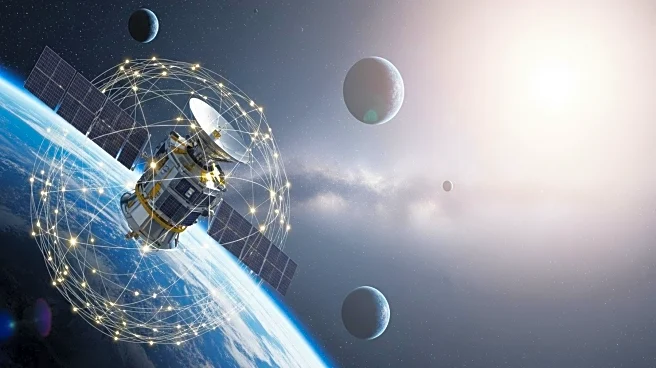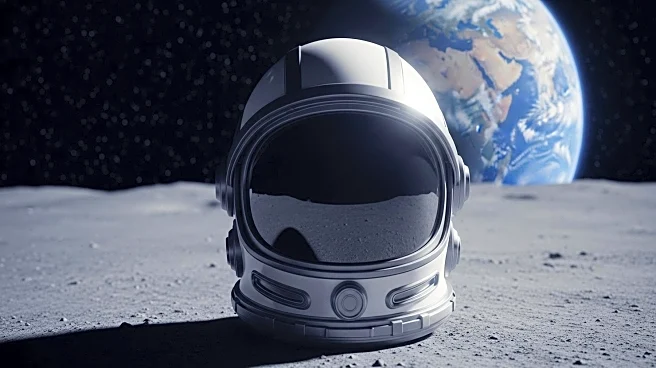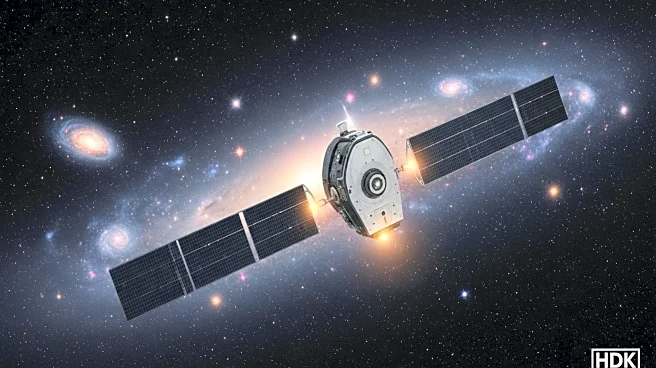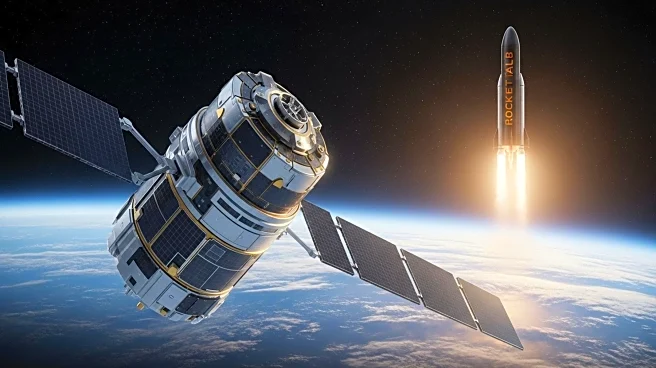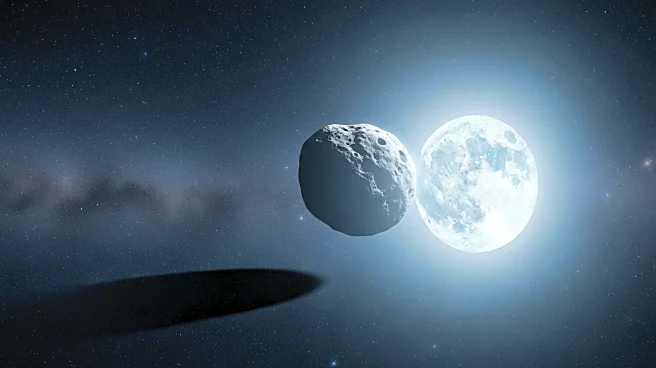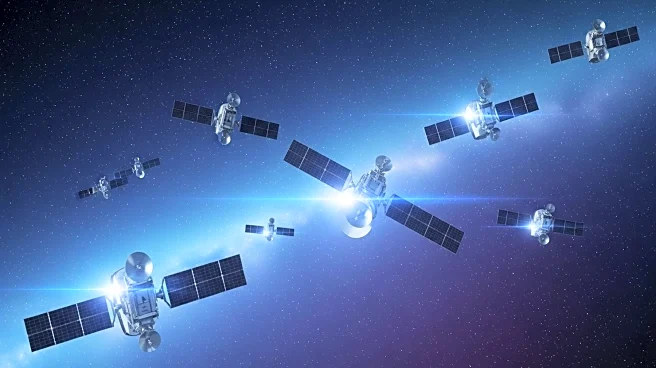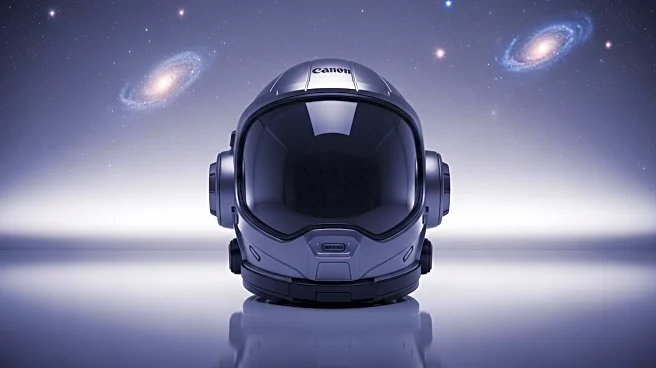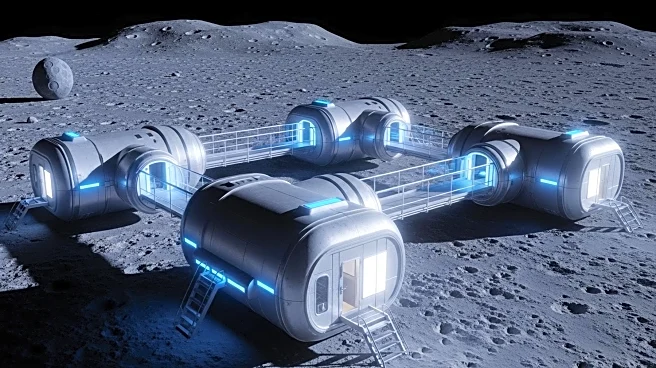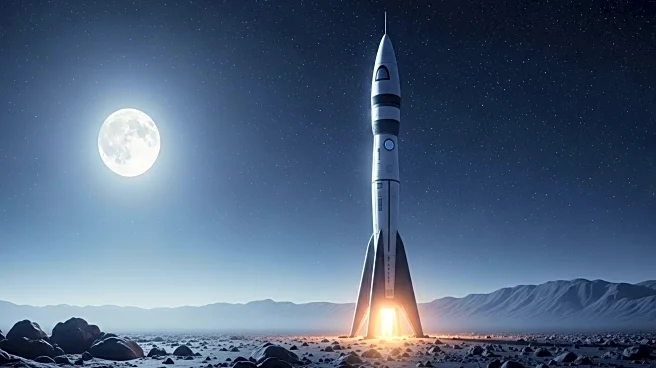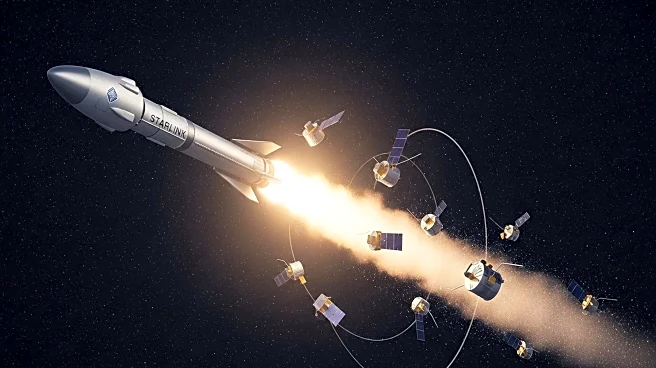What's Happening?
NASA and the China National Space Agency (CNSA) have taken a significant step towards improving space-traffic coordination. For the first time, CNSA reached out to NASA regarding a potential on-orbit collision, suggesting that NASA hold its position while CNSA maneuvers its satellite. This marks a historic moment in space operations, as it is the first instance of two-way communication between these major public space operators. Historically, communication between NASA and CNSA has been minimal, often limited to one-sided notifications without confirmation of receipt. This development was highlighted by Alvin Drew, NASA's Space Sustainability director, during a panel at the International Astronautical Congress. The move is seen as a positive step towards better coordination, especially as the number of satellites in low-Earth orbit continues to grow.
Why It's Important?
The initiation of communication between NASA and CNSA is crucial as it addresses the growing concern of space traffic management. With the increasing number of satellites, particularly with the rise of megaconstellations like SpaceX's Starlink and China's planned Guowang and Qianfan constellations, the risk of collisions in space is escalating. Effective communication and coordination are essential to prevent potential accidents that could lead to significant debris and operational disruptions. This development could pave the way for more comprehensive international cooperation in space, potentially influencing policies and practices that ensure the safety and sustainability of space operations. The involvement of commercial satellite operators in these discussions further underscores the importance of a collaborative approach to space traffic management.
What's Next?
The next steps involve establishing a more structured and reliable system for information sharing between space agencies and commercial operators. Organizations like the International Astronautical Federation and the International Academy of Astronautics may play a role in facilitating these communications. As the number of satellites in orbit continues to increase, real-time information sharing will become increasingly critical. The recent communication between NASA and CNSA could serve as a model for future interactions, potentially leading to formal agreements or protocols that enhance space traffic management. Continued dialogue and cooperation will be necessary to address the challenges posed by the growing presence of satellites in low-Earth orbit.
Beyond the Headlines
This development also highlights the potential for easing geopolitical tensions through scientific and operational collaboration. The Wolf Amendment, which restricts NASA's ability to engage with China, has historically limited direct cooperation. However, practical needs in space traffic management may drive a reevaluation of such policies. The ability to communicate effectively in space could serve as a foundation for broader diplomatic engagements, fostering a spirit of collaboration in other areas of mutual interest. Additionally, the involvement of commercial entities in these discussions reflects the changing landscape of space exploration, where private companies play an increasingly significant role.

